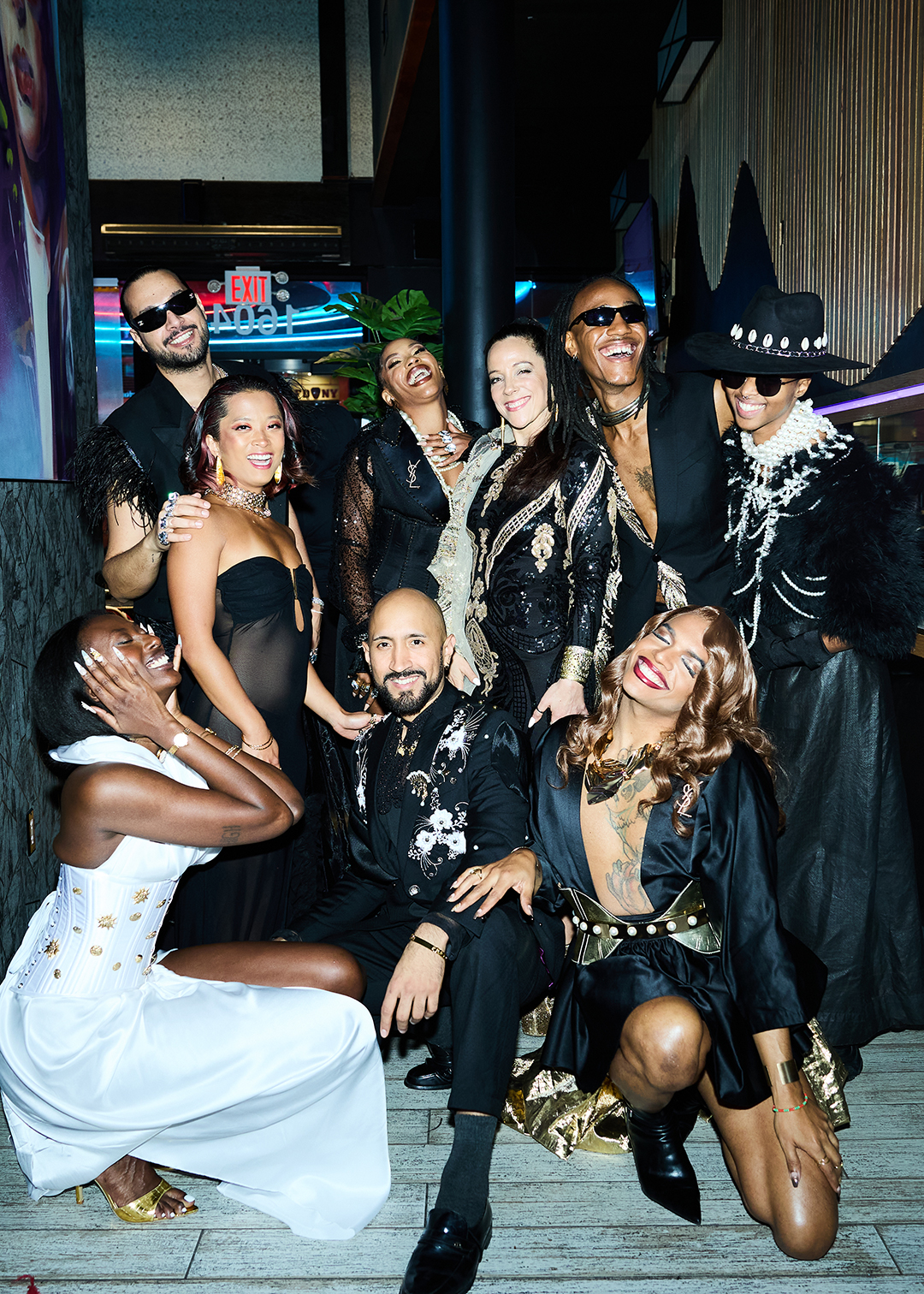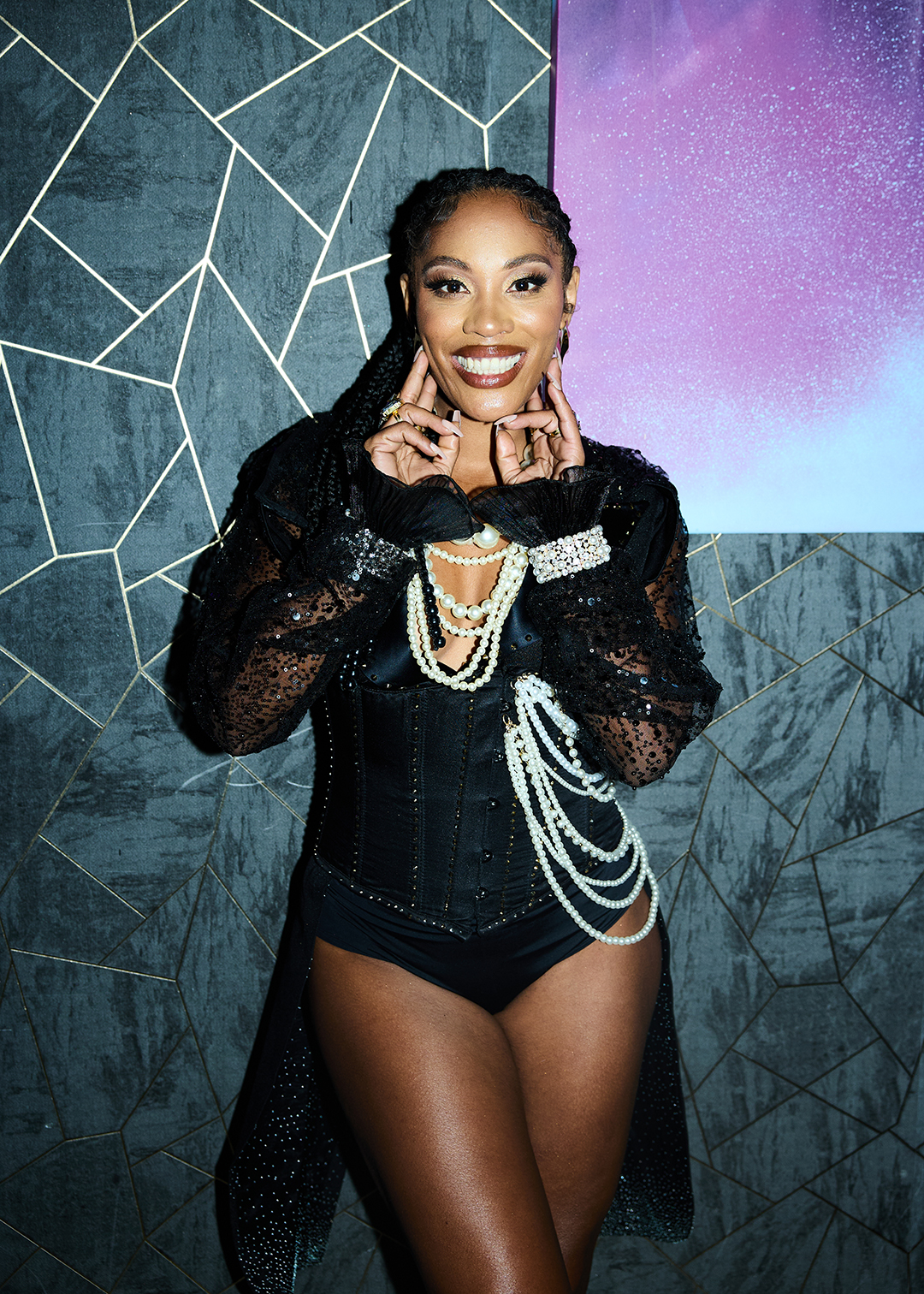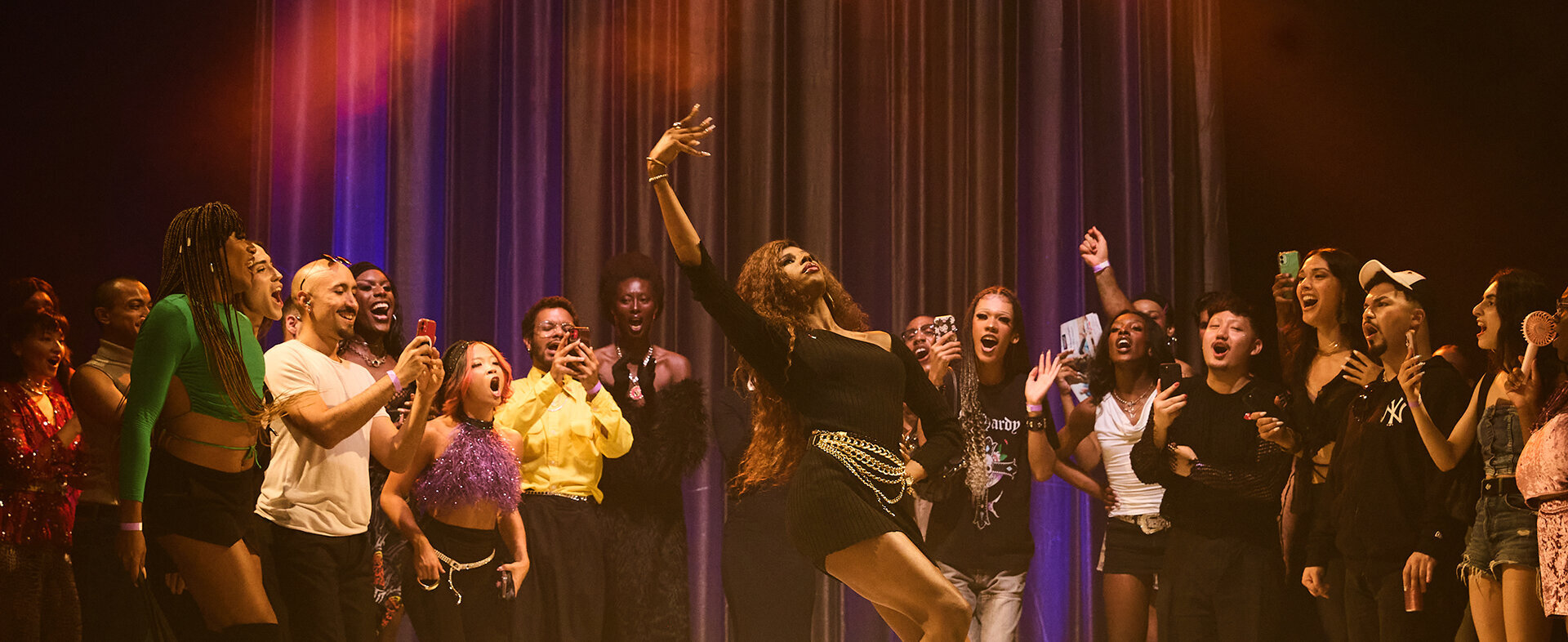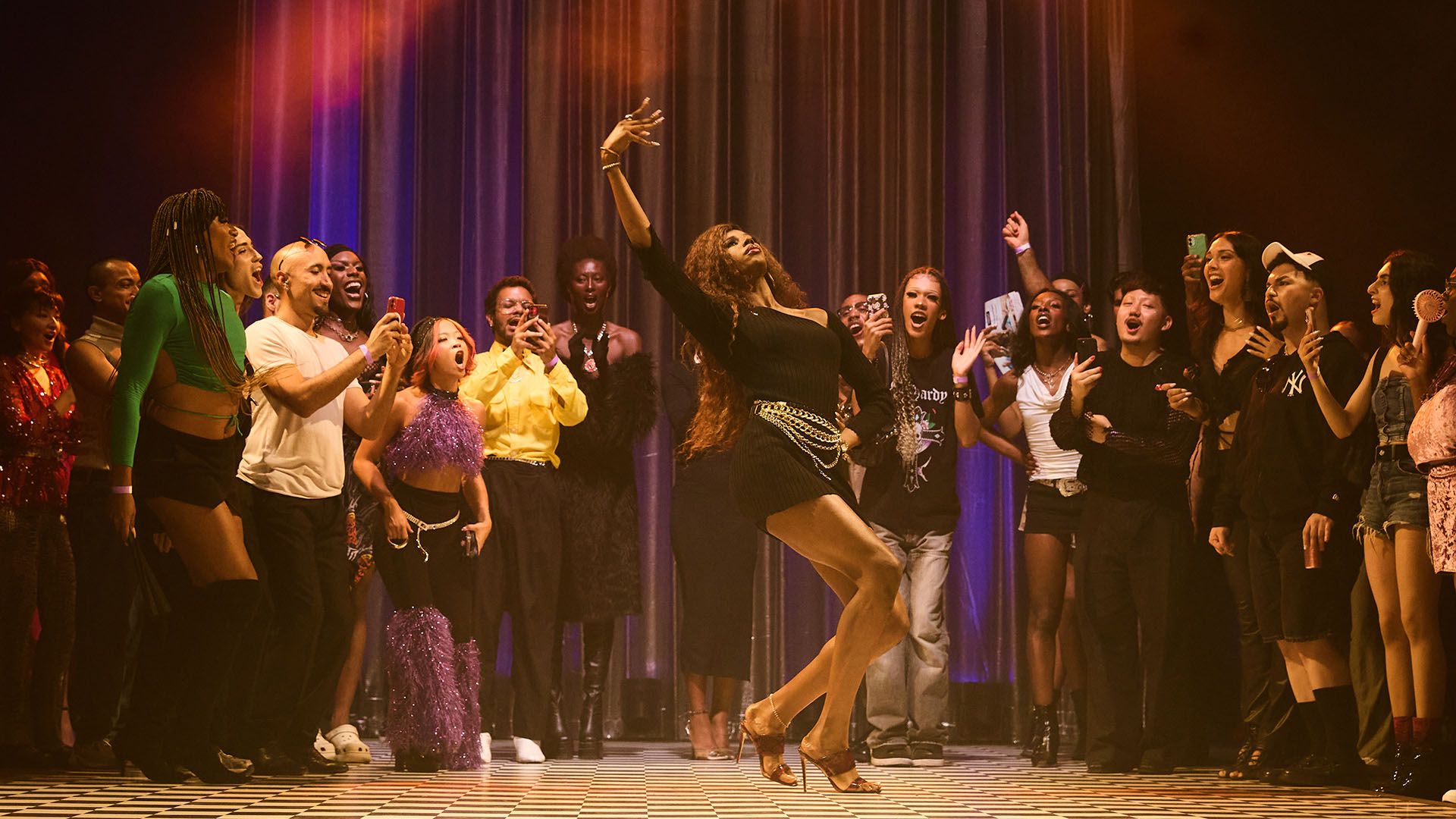Ballroom 101 at Bundeskunsthalle by the House of St. Laurent
Anlässlich des Abschlusses der Ausstellung zu Susan Sontag lädt das House of St. Laurent in Kooperation mit der Bundeskunsthalle Bonn sowie lokalen und internationalen Akteur*innen der Ballroom-Szene zu einem facettenreichen Wochenende rund um die Ballroom-Kultur ein.
Das Programm verbindet theoretische Reflexionen, praktische Erfahrungen und Empowerment-Maßnahmen. Das Ziel ist die Ballroom-Communities in Nordrhein-Westfalen zu stärken und zugleich der Stadt Bonn eine fundierte Einführung sowie einen ersten Berührungspunkt zur Ballroomkultur zu ermöglichen. Ein besonderes Anliegen ist es, die Sichtbarkeit der Ballroom-Kultur zu erhöhen, niedrigschwellige Einstiegsmöglichkeiten zu schaffen und die Vielfalt queerer Ausdrucksformen zu würdigen.
Dieses Wochenendprogramm dient zudem zum Austausch der lokalen Ballroom-Szene in NRW mit Vertreter*innen der belgischen und niederländischen Ballroom-Communities auf verschiedenen Ebenen: durch ein Paneltalk, Workshops sowie einer Vogue Night.
❗️Die Teilnahme ist kostenlos, die Veranstaltung bereits ausgebucht. Evtl. wird es noch Restkarten an der Abendkasse geben.
Samstag, 20. September

14–16 Uhr
Ballroom 101 Panel Talk: Building Community
Einführung in die Entstehung und Etablierung der lokalen Ballroom-Communities. Anschließend Austausch zu Gemeinsamkeiten, Unterschieden, Erfolgen und Herausforderungen der Szenen. Die eingeladenen Panelist*innen sind führende Persönlichkeiten ihrer jeweiligen lokalen Communities.
Host: Legendary Zoe (Düsseldorf)
Gäste: Seven Garçon (Niederlande), Amin St. Laurent (Belgien), Purple Suggar (Mannheim), Essi Revlon (Köln) und Zanubia (Köln)
18–23 Uhr
Vogue Night
Vogue Night – eine Zelebrierung von Ballroom und dessen Ausdrucksformen mit internationaler Jury. In sechs verschiedenen Kategorien treten Teilnehmer*innen aus der lokalen Ballroom-Gemeinschaft gegeneinander an für den Grand Prize. Im Anschluss geht es über in eine Clubbing-Atmosphäre mit DJ Seven Garçon aus den Niederlanden – für einen stimmungsvollen Ausklang der Nacht.
Die Kategorien der Vogue Night:
- Runway OTA
- Classic Performance (Old Way/New Way)
- Vogue Fem OTA
- Everyday Realness (FQ/TM)
- Beginners' Performance OTA
- Beginners Runway OTA
- Face OTA
Jury: Legendary Zoe, Amin St. Laurent und Essi Revlon
DJ: Seven Garçon
MC: Auncle Bolingo
Sonntag, 21. September
11–17 Uhr
Ballroom 101 Workshops
Die vier verschiedenen Ballroom 101 Workshops bieten ein grundlegendes Verständnis für die verschiedenen Performancearten und Kategorien im Ballroom. Von Angeboten für Einsteiger*innen sowie Workshops für Personen mit Erfahrung und Ballroom-Mitglieder. Die Workshops werden geleitet von Expert*innen aus den Niederlanden und Deutschland. BIPOC und Queers sind ganz besonders eingeladen, teilzunehmen. Eine Akzeptanz von BIPOC und queeren Menschen wird angenommen/vorausgesetzt, da dies den Ursprung der Ballroom-Kultur bildet.
Die Anmeldung zu den einzelnen Workshops ist ab sofort möglich: buchung@bundeskunsthalle.de
- offen für Anfänger*innen/Neueinsteigende
Diese Workshops sind für Nicht-Tänzer*innen und Anfänger*innen geeignet. Die Workshops beginnen mit einer kurzen Einführung in die jeweilige Kategorie und ihre Grundelemente. Diese Elemente werden dann durch technische Übungen und Drills sowie konzeptionelle Freestyle-Übungen erforscht.
11:00–12:15 Uhr: Ballroom 101 – Runway (Legendary Mother Leo St. Laurent) – AUSGEBUCHT
12:30–13:30 Uhr: Ballroom 101 – Posing/New Way Elements (Litchi St. Laurent) – AUSGEBUCHT
- offen für alle mit Vorkenntnissen
Dieser Workshop steht allen Performance-Kategorien (Vogue Fem/Old Way/New Way) offen und konzentriert sich auf die Geschichte und Wurzeln der Performance als Kategorie und auf Musikalität.
13:45–15:15 Uhr: Vogue Fem Elements (Luluh 007)
15:30–17:00 Uhr: Performance & Musicality (Seven Garcon)


